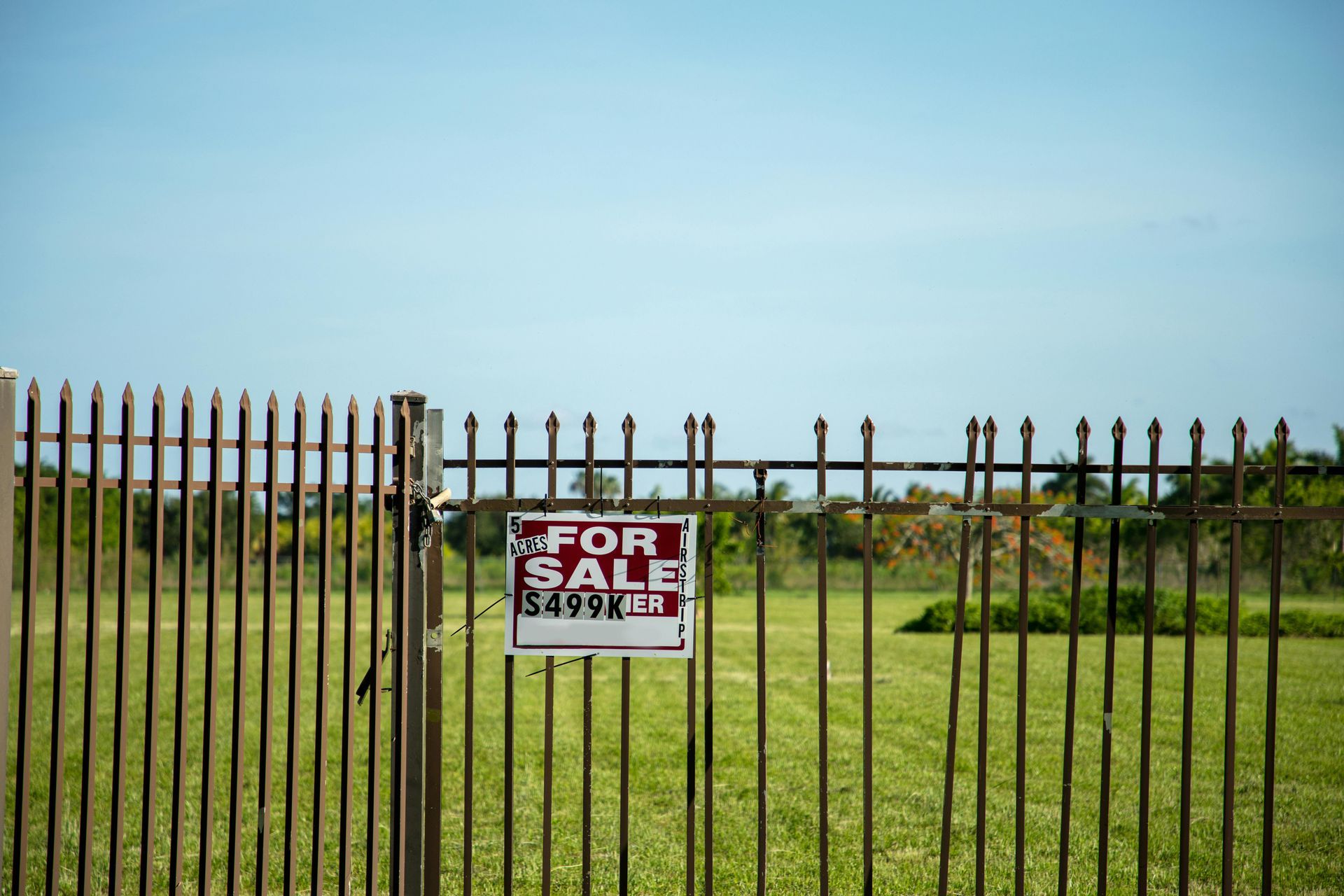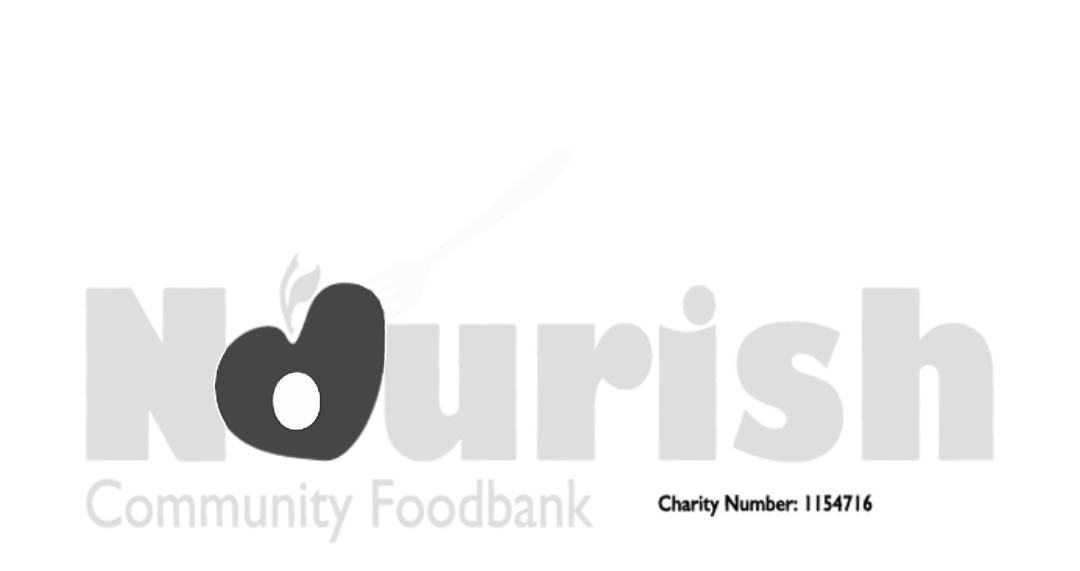“But why?”
It’s that time of year again – 31st July, where some of us need to make a further payment to the Inland Revenue for our self-assessment tax return. “But why”, I hear you say, “don’t we pay enough already?!”. I get so many enquiries about payments on account at this time of year I have decided to repeat a blog of a few months ago which will explain why we need to pay both at the end of January and July.
Payment on Account is a tax payment made twice a year by self-employed people, and also Director Owners taking dividends, in order to spread the cost of the year’s tax. It is calculated by looking at your previous year’s tax bill, and is due in two instalments.
The Payment on Account can be thought of as a way of paying off some of your tax bill in advance. The first instalment is due on 31st January (the same day as your ‘balancing payment’, which clears your tax bill for the previous tax year), and the second is due on 31st July. For those of you entering the payment on account regime you will have to pay the tax due and then 50% again for the payment on account; the second 50% being due on the 31st July. It is intended to help you spread your payments out during the year – and, of course, to help provide the Exchequer with a financial boost in the middle of the year. In reality, it does facilitate the bringing forward of paying taxes as the tax due in any given year is paid in that year.
So, each of the two instalments of the Payment on Account will normally be 50% of your previous tax bill. So, if you paid £10,000 in the tax year for which you are filing your return, you will make the first Payment on Account of £5,000 on 31st January, and another payment of £5,000 on 31st July. This will include Class 4 National Insurance Contributions where applicable, but not student loan repayments or Capital Gains Tax.
There are some circumstances in which a Payment on Account will not be due. If your tax bill for the previous year was less than £1,000 after PAYE or other deductions at source, no Payment on Account is necessary. Similarly, no Payment on Account will be due if, in the previous tax year, 80 per cent or more of your tax was deducted at source.
Your first payment on account is always painful but it is less so if you consider it really a deposit in your Revenue bank account . . . and that means more of the money in your bank account is yours to spend!
You can also apply to have the Payment on Account reduced if you have a good reason to believe that you income in the following year will be less; this is often the case with dividends as a year with a high dividend declaration may be followed by a year with lower dividends and hence a lower overall tax bill. However be warned, if you do lower your payment on account and it turns out that you should have paid more the Revenue could charge you interest on the underpayment.
If you believe that you have a case to reduce your Payment on Account for the 31st July please do get in touch asap and we can review your case and, if appropriate, make an application to HMRC to do so.









